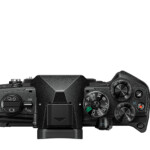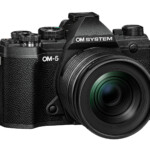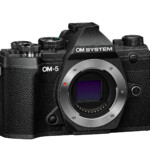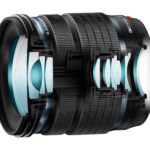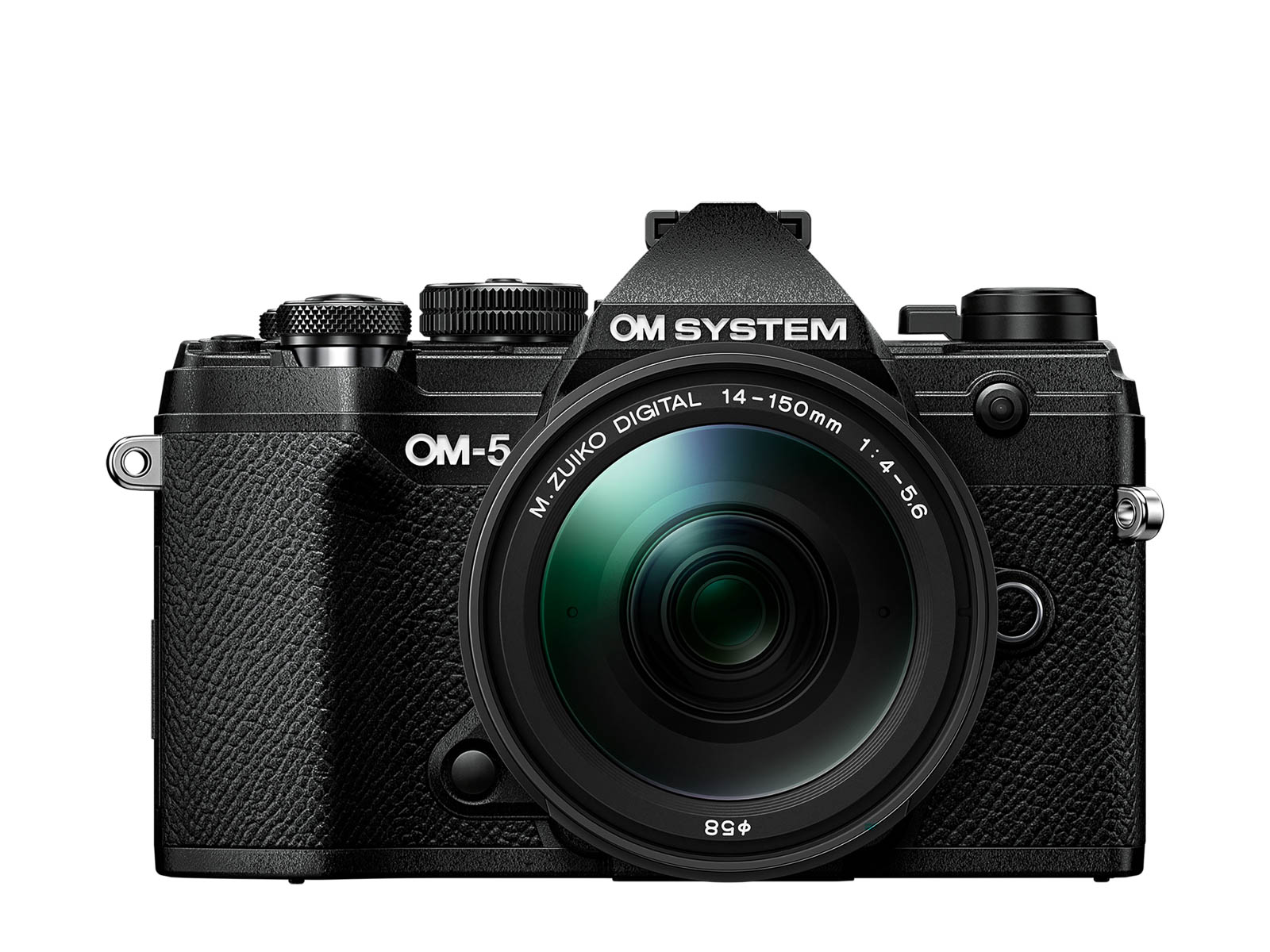
OMDS launches its first OM System branded camera, the OM-5
OM-5 Q&A with E-Group member, Paul Kaye, on Page 2
While the OM-1 was the first camera launched by OM System since the acquisition of Olympus’ camera division, last year, by OM Digital Solutions (OMDS), the OM-5 is the first camera to bear the OM System brand.
The launch of the OM-5 will be a major challenge for OM System because it has to follow the OM-1, which brought significant new features, including a new menu system, new stacked BSI sensor with many more focus points, new extra high resolution viewfinder and the latest TruePic X image processing system.
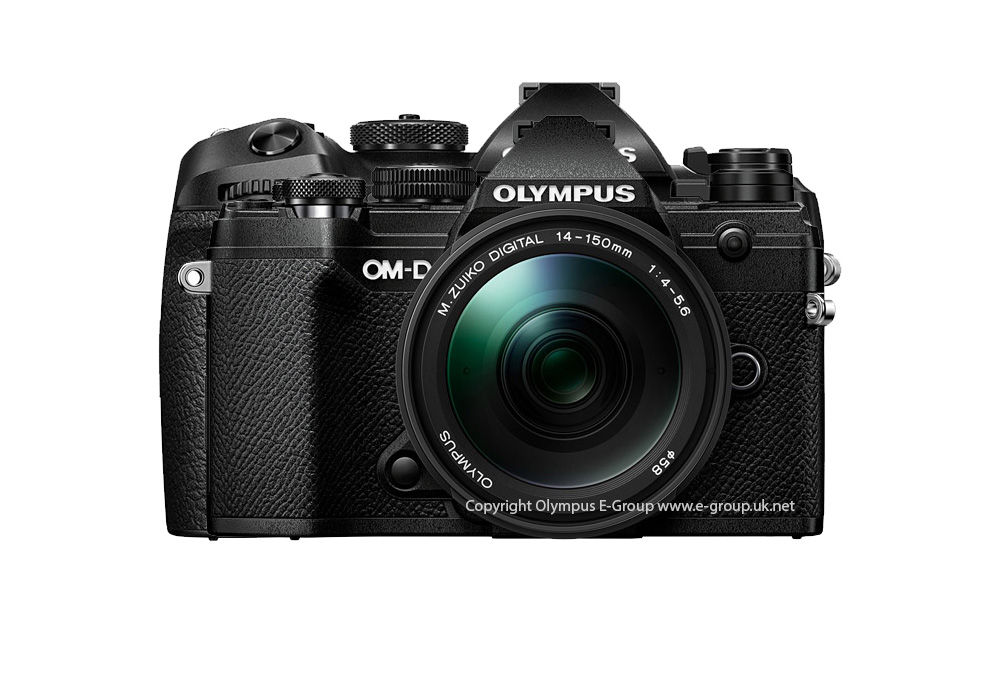
Well, the OM-5 gets none of those OM-1 goodies. Instead, the OM-5 can be regarded as an E-M5 Mark III upgraded to E-M1 Mark III specifications.
Key points
- Inherits sensor, on-sensor phase AF, and TruePic IX engine from the E-M1 Mark III
- Unchanged polycarbonate construction body and physical controls – size and weight are unchanged
- Upgraded dust and moisture-resistant sealing from IPX to IP53
- Four, instead of three, Custom Modes supported, each of which can now be assigned to a button
- Hand-held High-res mode now supported (50 megapixel stills)
- Starry sky AF mode supported
- LV-ND (ND 16) now supported
- Interval mode exposure smoothing now supported
- 4K video recording with OM-LOG profile mode now available
- Video recording clips are no longer limited to half an hour
- Vertical aspect video recording supported
- Plug and play USB Web camera mode supported
- RM-WR1 wireless remote control supported
While the dream of an OM-5 being a smaller and lighter (and cheaper) version of an OM-1 might be tempting, there are a number of reasons why this was always unrealistic for an E-M5 category model to be released just 8 months after the OM-1.
OM-5 product image gallery
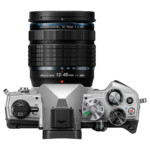


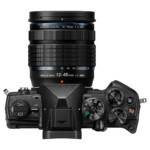

To start with, the E-M5 Mark III inherited functionality from the E-M1 Mark II, launched three years previously. The OM-5 has continued this strategy and inherited much from the E-M1 Mark III, which arrived two and a half years ago. This also enables the OM-5 to be priced affordably – at £1199 (body-only) it’s £800 cheaper than an OM-1 body.
If you accept the OM-1 as being the successor to the flagship E-M1X, the relatively short gap between the introductions of the OM-1 and OM-5 replicates the arrivals of the E-M1X and E-M5 Mark III in 2019.
And would OM System really want a brand-new model that would cannibalise the OM-1 at this stage? Even if you ignore this point, it could not have been priced £800 cheaper.
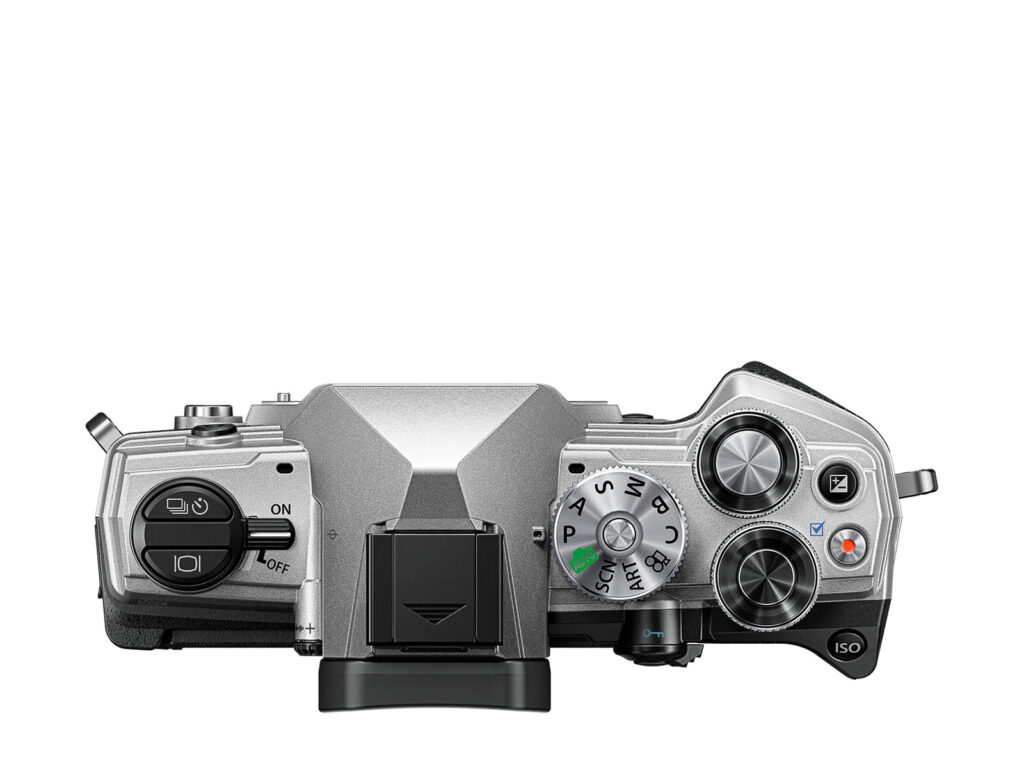
Who is the OM-5 for?
The E-M5/OM-5 form factor is ultra-small and light. You might think that the E-M1 Mark III and OM-1 are already tiny, compared to rivals. While that is true, the E-M5 Mark III and the OM-5 are significantly smaller and lighter still. You need to pick one up and hold it to really appreciate this.
Clearly, with the development E-M1X and the OM-1, the emphasis has been on AI-assisted AF performance for wildlife, sports and other action-category photography. The E-M5 and, now, OM-5, continue a tradition of being smaller, lighter, and cheaper. OM System has further-developed the raison d’être of the E-M5 Mark III for travel photography and for video-bloggers. Pack an OM-5 body, a battery, and an m.Zuiko 12-45mm f/4 Pro and a 40-150mm f/4 Pro into your airline carry-on bag, and it steals little space and only adds just over a kilo in weight.
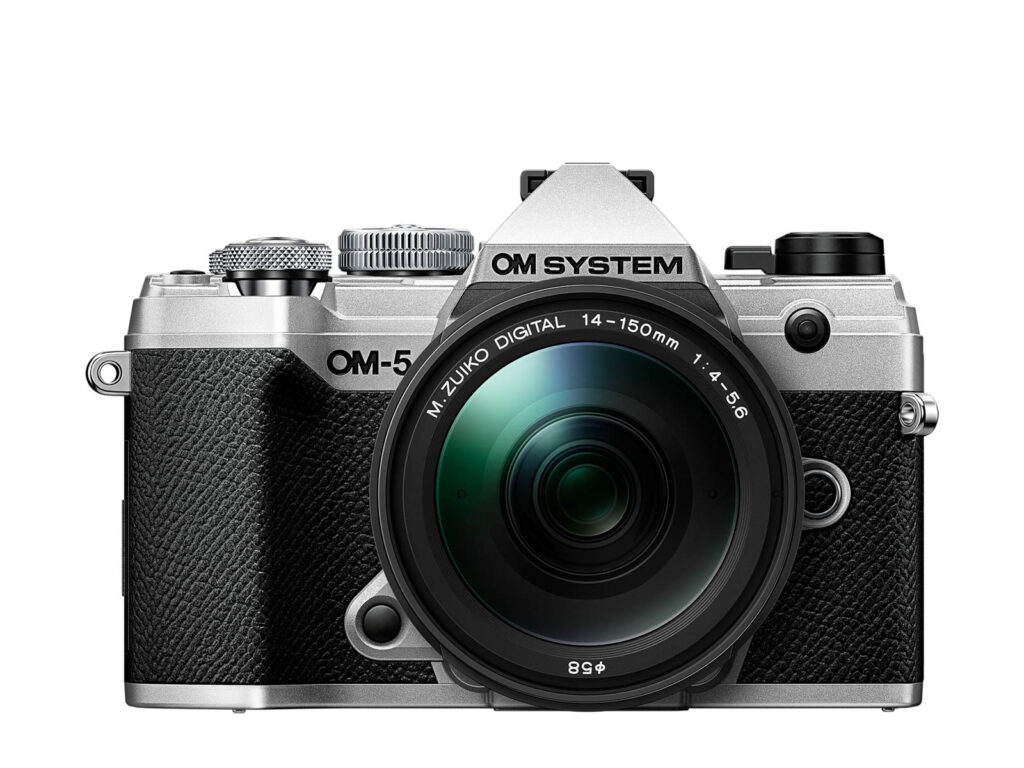
The OM-5 doesn’t have the AI-assisted AF subject identification and tracking of the E-M1X and the OM-1. But the OM-5 does have the image processor, sensor and AF system of the E-M1 Mark III. Many skilled E-Group members have produced excellent action sports and wildlife results with the E-M1 Mark III.
If you’re already an E-M5 fan, the OM-5 has a decent amount to tempt you to upgrade, including hand-held high-res shooting at 50 megapixels, updated and more versatile video capabilities, Live ND shooting, an extra EV in image stabilisation headroom, a fourth Custom Mode and the ability to assign them to buttons, Starry sky AF capability, even better dust and water ingress resistance, and you can now use your camera as a super high-quality Webcam without the need for additional software.
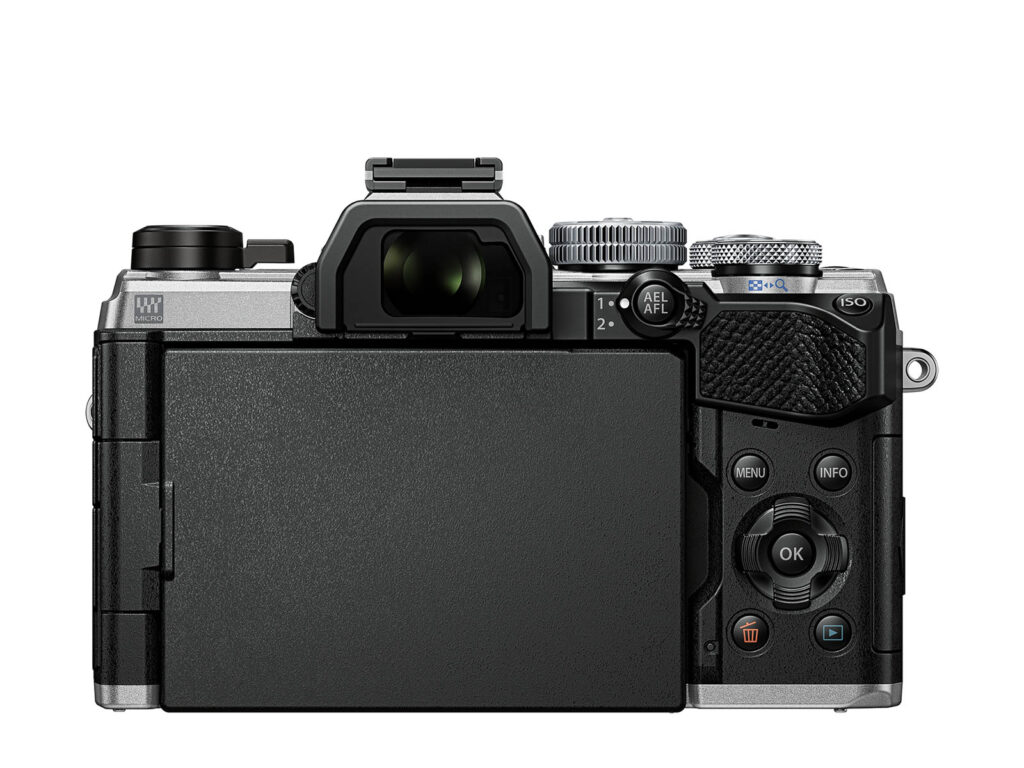
If there is one thing that would have been nice with the OM-5, it’s probably the implementation of the OM-1’s well-received menu system. While that’s not offered, at least what is remains familiar.
The E-M1X and E-M1 Mark III introduced the multi-way controller and you don’t get this with the OM-5 because there just isn’t enough space. An improved resolution viewfinder with greater magnification would have been nice, too, but that would have impacted on the cost. And was this a E-M5 Mark III weakness to start with?
Initial conclusion
The OM-D E-M5 Mark III was based on the guts of the six-year old E-M1 Mark II’s. It was way overdue to be updated. The result is the OM-5, based on the innards of the two and a half or so years old E-M1 Mark III. It’s not a smaller and lighter OM-1. But it is arguably good value for money at its much lower price.
Of what there is no doubt is that the OM-5 is a very attractively packaged camera for those who wan to to travel light. It’s a decent upgrade over the E-M5 Mark III, especially if you value the added computational shooting features and its improved video recording features.
OM System’s first (OMS-branded) camera is a routine update rather than a revolutionary step. Let’s hope it’s the first OM System camera of many more to come.
Full specifications
You can download a PDF document containing the official OM System specifications for the OM-5 here.
Pricing and availability
The OM-5 will be available in Silver and Black in late-November 2022 in the following configurations and pricing:
OM SYSTEM OM-5 Body Only: £1,199.99
OM SYSTEM OM-5 Body with 12-45mm f/4.0 PRO Lens Kit: £1,499.99
OM SYSTEM OM-5 Body with 14-150mm f/4.0-5.6 II Lens Kit: £1,499.99
On page two, we speak to a photographer who represents the target market for the OM-5.












